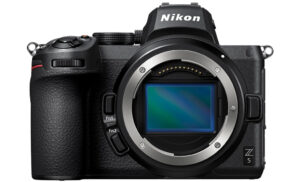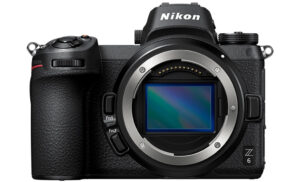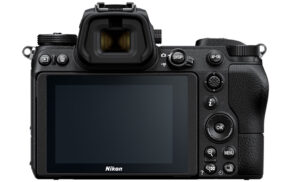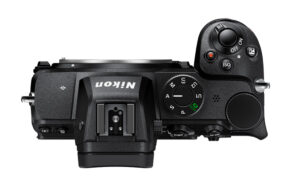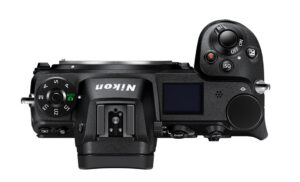After introducing the Z6 and Z7, the brand’s first full frame mirrorless cameras, Nikon has unveiled the Z5, an entry-level model that arrives two years later with an interesting price.
Despite being the beginner category, the Z5 shares many aspects with the Z6, starting from the excellent design. Let’s see how they compare.
What the Z5 and Z6 have in common:
- Autofocus with 273 phase detection points, Eye AF for humans, dogs and cats
- Image Stabilisation (5 axes) up to 5.0 stops of compensation
- electronic viewfinder with 3.69M dots
- audio in and out
Nikon Z5 Comparison Previews
Z5 vs Z6 – Z5 vs Z50
Z5 vs A7 II – Z5 vs A7 III – Z5 vs EOS RP
Ethics statement: We own the Z6 and collected information about the Z5 from Nikon’s official press release and other sources. We were not asked to write anything about these products, nor were we provided with any sort of compensation. Within the article, there are affiliate links. If you buy something after clicking the link, we will receive a small commission. To know more about our ethics, you can visit our full disclosure page. Thank you!
1. Sensor
Both cameras feature a full-frame sensor (FX format as Nikon calls it) with 24MP of resolution, but they are not the same.
The one on the Z6 has 24.5 million effective pixels and a BSI structure that improves light gathering, whereas the Z5 has 24.3M effective pixels and a standard design (no BSI).
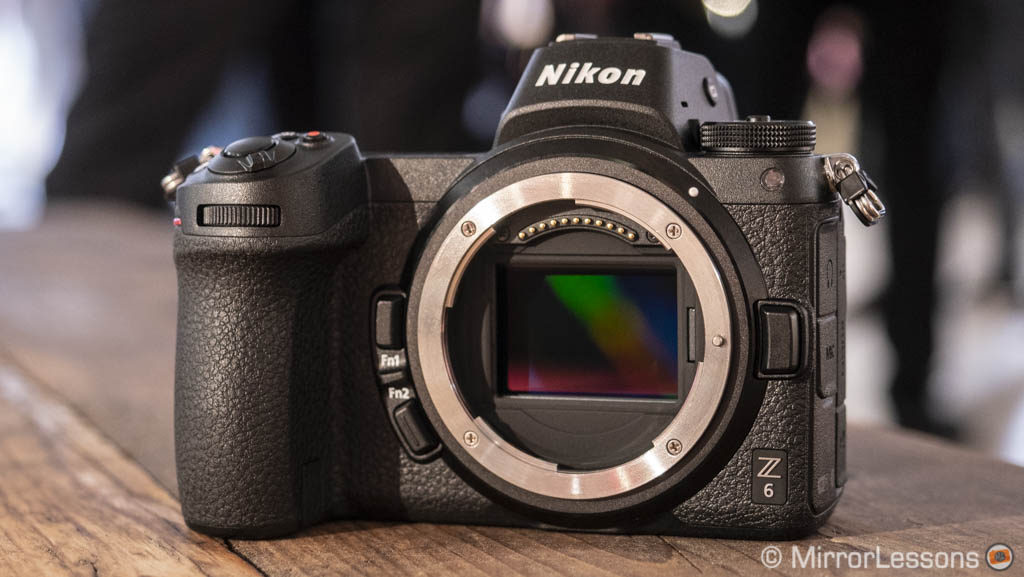
The back-illuminated structure of a sensor helps the camera have more dynamic range and improve the low light performance. Indeed in our tests we found it to be really good – close to the Sony A7 III in fact – which is a benchmark for this category.
Of course we have yet to test these two cameras side-by-side to see how much of a difference there is, but the Z6 should come out ahead.
The normal ISO range remains the same: 100 to 51200. Both cameras have an extended low value equivalent to ISO 50, and the Z6 can push an extra stop at 204800 ISO whereas the Z5 stops at 102400.
2. Design
The dimensions of the two cameras are almost identical, and they share the same weight (which includes battery and cards). The Z6 is slightly deeper.
- Z5: 134 x 100.5 x 69.5 mm, 675g
- Z6: 134 x 100.5 x 67.5 mm, 675g
The construction remains the same which includes a magnesium alloy frame and weather sealing.
The button layout remains the same on the front and back, including the AF joystick. The only change is at the top: the Z5 lacks the small LCD screen that display the main settings in use.
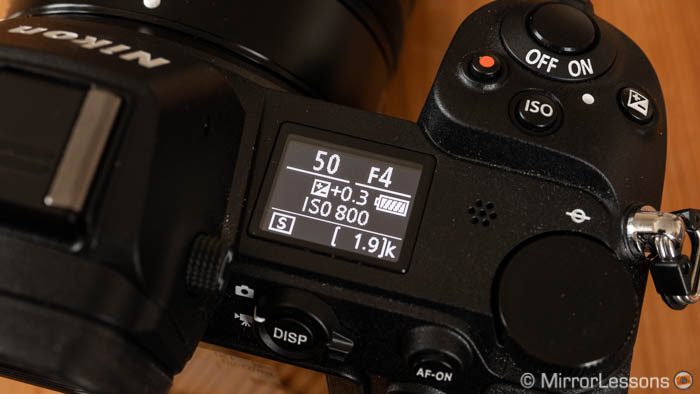
The main dial has been moved to the right and doesn’t have the unlock button.
3. Memory cards
The Z6 has one memory card slot and uses the CF express / XQD card, which is thicker than the more popular SD card. It can reach faster writing speeds but is also more expensive. When the camera was launched, many criticised Nikon for not adding a second slot, or not using the SD standard to have the necessary space for a dual solution.

With the Z5, it looks like the company has listened to the complaints. Despite being below the Z6 in terms of marketing placement, it has two SD card slots compatible with UHS-II.
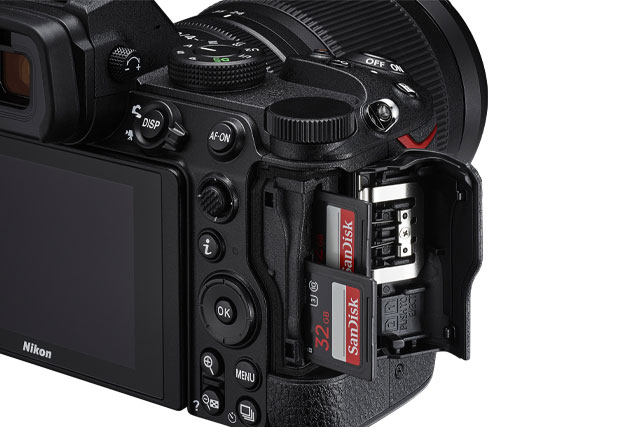
4. Continuous shooting
Despite the two cameras sharing the same image processor (Expeed 6), the Z5 has less performance when it comes to continuous shooting speeds, with a maximum of 4.5fps, whereas the Z6 can reach 12fps (with AF and AE tracking).
5. 4K video
Both cameras can record 4K video, but there is an important difference: The Z6 can do so by using the entire width of the sensor and with oversampling, so you get great sharpness and no crop in your field of view. The Z5 however applies a heavy 1.7x crop!
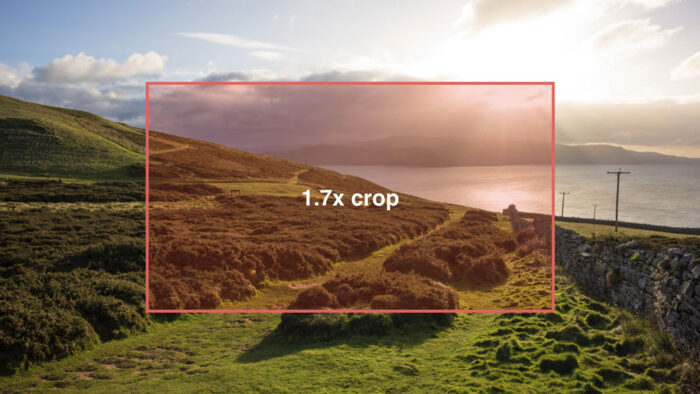
Apparently the Z5 can’t read the entire sensor fast enough unlike the Z6, which is the reason there is a crop. Since the two cameras have the same image processor, I assume the Z5 sensor has a slower readout. Either way, 1.7x is more than the 1.5x APS-C / DX crop. We have often criticised Canon for doing this but they are not alone anymore.
The ISO range is also different for video: the Z5 goes from 100 to 25600, whereas the Z6 maintains the same range used for stills photography, including the extended values.
6. Slow motion video
The Z5 can record 1080p (with no crop this time) up to 60fps.
The Z7 can reach a higher frame rate of 120fps with the Slow Motion mode. The footage is recorded without sound and conformed to 30p, 25p or 24p in camera.
7. N-Log and RAW Video
The Z6 has more settings that can interest advanced filmmakers, as long as they are willing to invest in an external recorded such as the Atomos Ninja V.
With the HDMI output, you get a video feed at 10-bit 4:2:2 (with a small 1.1x crop) and the option to use the N-Log profile that gives you more dynamic range (colour correction in post required).
Furthermore, with a paid upgrade, the Z6 can send 12-bit RAW to the Ninja V which gives you even more dynamic range with all the versatility of the Apple Prores RAW format in post.
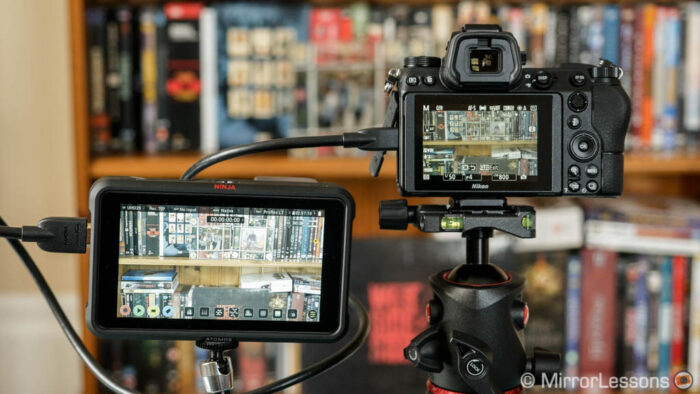
8. Rear monitor
Both cameras have a 3.2-in LCD monitor on the rear with touch sensitivity, which allows you to move the focus point or change settings in the menu.
The only difference is the screen resolution: 1.04M on the Z5 and 2.1M dots on the Z6.
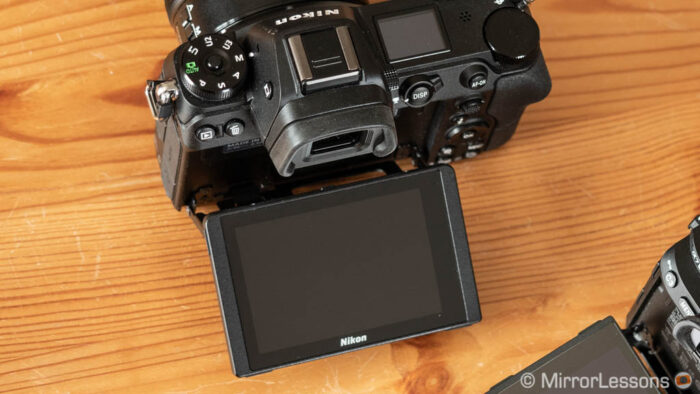
9. Battery life
The Z5 has a CIPA rating of 470 pictures per charge using the LCD, or 390 shots per charge using the viewfinder.
By contrast, the Z6 does 310 frames with the EVF or 380 with the LCD monitor. Remember that these specifications are always lower than real world use.
It is worth noting that the higher rating of the Z5 is measured with the new EN-EL15C battery which is said to be more efficient than the EN-EL15B provided in the Z6 box. But since these two batteries are cross-compatible, it is possible that the Z6 can have a better rating with the new battery.
Both cameras can be charged via USB and the Z5 can also be powered while the camera is on.
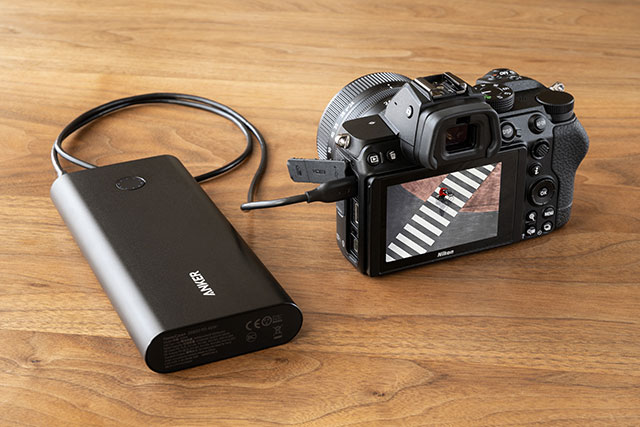
10. Price
The Z5 is launched at the competitive price of $1400 body only, or $1700 with the 24-50mm f/4-6.3 zoom. There is no “body only” option for Europe, with the prices being £1720 or €1850 with the 24-50mm lens.
The Z6 can now be found for $1800 / £1550 / €1800 body only, or $2400 / £2100 / €2360 with the 24-70mm f/4 zoom.
Note: prices as of July 2020. US prices don’t include tax.
Conclusion
With Sony keeping its older full-frame models on the market at a reduced price, and Canon having launched the EOS RP last year, Nikon felt it was time to join what looks like a new segment of entry level full-frame cameras. And by all means, more affordable cameras that deliver all the benefits of a full-frame sensor are more than welcome.
The problem, if we want to call it that, is that the Z5 feels like a Z6 with stripped down specifications to justify the lower price. And yet, it has a dual SD card slot, unlike the more expensive Z6 and the flagship Z7. (Nikon will argue that the CF express card is more professional, but we all know photographers like two slots, including the pros.)
Perhaps I am nitpicking because I compare cameras on a daily basis and I see things that won’t bother every consumers. After all, the Z5 retains many characteristics of the Z6: a very good viewfinder, good stabilisation, fast and reliable autofocus and excellent ergonomic design.
Reminder: the links below are affiliate links. If you decided to buy something after clicking the link, we will receive a small commission.
Check price of the Nikon Z5 on
B&H Photo
Check price of the Nikon Z6 on
Amazon | Amazon UK | B&H Photo | eBay
Nikon Z5 Comparison Previews
Z5 vs Z6 – Z5 vs Z50

